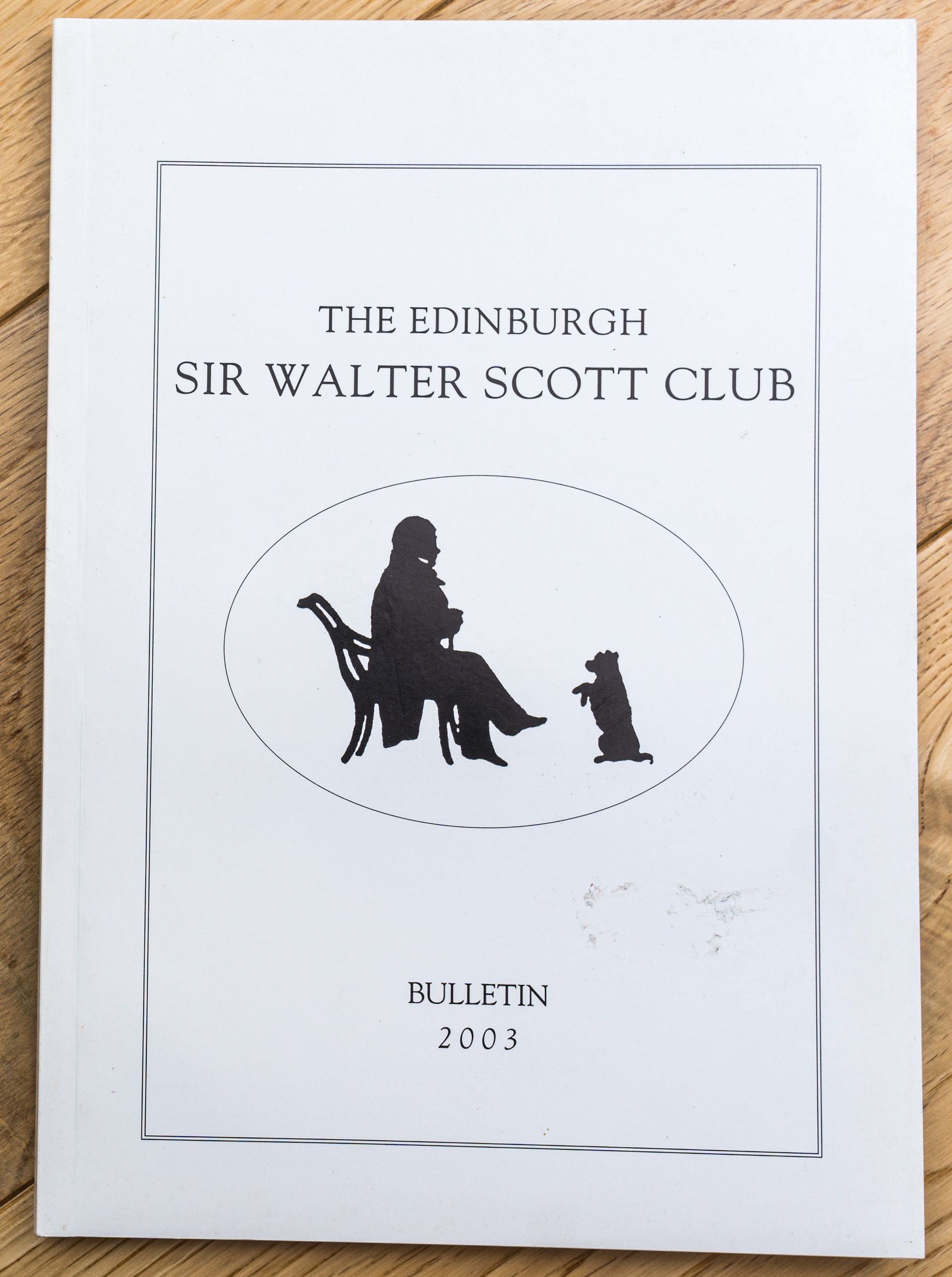J. M. W. Turner’s Illustrations to the Work of Sir Walter Scott
Article from 2003 Bulletin
Summary of the Article:
The essay explores the collaboration between the renowned painter J. M. W. Turner and author Sir Walter Scott, specifically in the creation of illustrations for Scott’s works. Hill draws a comparison between the artistic processes of the two men and how they used their respective crafts toelevate Scott's literature.
- Scott's Use of Imagination in History: Scott's historical novels often blend reality with imagination, acknowledging the artistic input required to represent history. Turner’s illustrations reflect this by using their own imaginative techniques to visualize Scott’s texts.
- Cadell’s Influence: The publisher Robert Cadell played a significant role in bringing Scott’s work to a broader market, creating affordable, illustrated editions that attracted a new, less affluent audience. He recognized Turner’s name as a way to enhance sales and decided to use Turner for the illustrations.
- Turner’s Artistic Process: Turner’s illustrations were not merely literal representations of Scott’s text. Instead, Turner focused on capturing mood and symbolism, creating images that were more about evoking emotion than providing historical accuracy. For example, in illustrations like The Field of Waterloo, Turner conveyed the emotional impact of a scene rather than depicting it literally.
- Scott’s and Turner’s Artistic Interpretations of History: Both artists used historical material in a symbolic way to enhance the emotional depth of their works. Scott’s historical fiction was often a 'collage' of fact and imagination, while Turner similarly used artistic license in his illustrations, blending topographical accuracy with emotional and symbolic content.
- Symbolism and Mood in Turner’s Work: Turner’s works were characterized by their use of landscapes to create a stage for Scott’s stories. He avoided depicting literal events from the text but instead created a setting that would evoke the appropriate mood and allow the viewer to engage with the narrative in a personal way.
- Scott and Turner’s Mutual Influence: Hill argues that both Turner and Scott contributed equally to the creative process, with Scott’s words setting the stage for Turner’s visuals. The text and image work together to bring out a more profound, symbolic interpretation of history, where mood and atmosphere play as much a role as historical accuracy.
- Historical vs. Emotional Representation: A critical distinction is made between how Turner and Scott represent history. While Scott integrates fictionalized historical events to evoke a particular 'spirit' of an age, Turner emphasizes what has been lost, as shown in his depiction of ruins and the passage of time, such as in Norham Castle. This contrasts with Scott’s more restorative view of history.
Interesting Points:
- Imaginative License: Both Scott and Turner employed imaginative freedom in their works, altering reality for emotional or thematic purposes. This shows how both artists understood history not as an exact recitation of events but as a vehicle for exploring human experience and emotion.
- Symbolism in Turner’s Work: The essay delves into how Turner’s landscapes are rich in symbolism. For instance, his landscapes are often empty, allowing the viewer to project the narrative onto them, a creative decision that links to Scott’s approach to literature, where the imagination of the reader is essential.
- The Role of the Publisher: Cadell’s role as an intermediary between Scott and Turner is fascinating, showing how publishing decisions influenced the collaboration between the two artists. His awareness of market trends and use of Turner’s reputation underscores the growing commercialization of literature and art in the 19th century.
This analysis highlights the synergy between Scott's literary vision and Turner's artistic interpretation, suggesting that their partnership was instrumental in creating an iconic artistic representation of Scottish history. The collaboration also illustrates how both artists used their respective crafts to evoke emotional truths rather than historical precision.
Download the [transcript] or read the [bulletin]

Download the [transcript] or read the [bulletin]
For some years the [Essay Competition] has been in abeyance, regrettably because of lack of interest in the schools which for many years previously had participated. Fraser Elgin recalls sitting this at Watson’s College in 1933 and 1934, unfortunately without success. It was decided in 2002 to offer the competition to the university and Professor Ian Campbell undertook to organise this. A panel of judges awarded the prize of £250 to Richard Hill and his winning essay is attached here.


